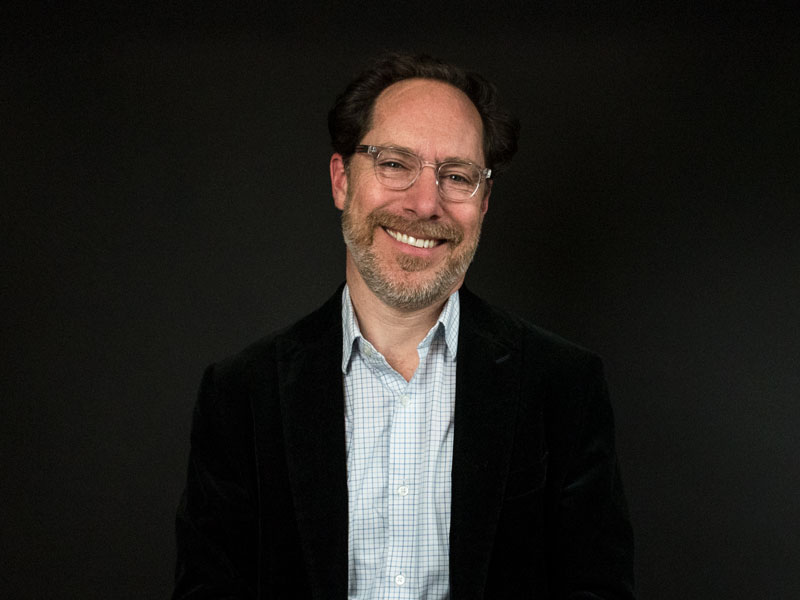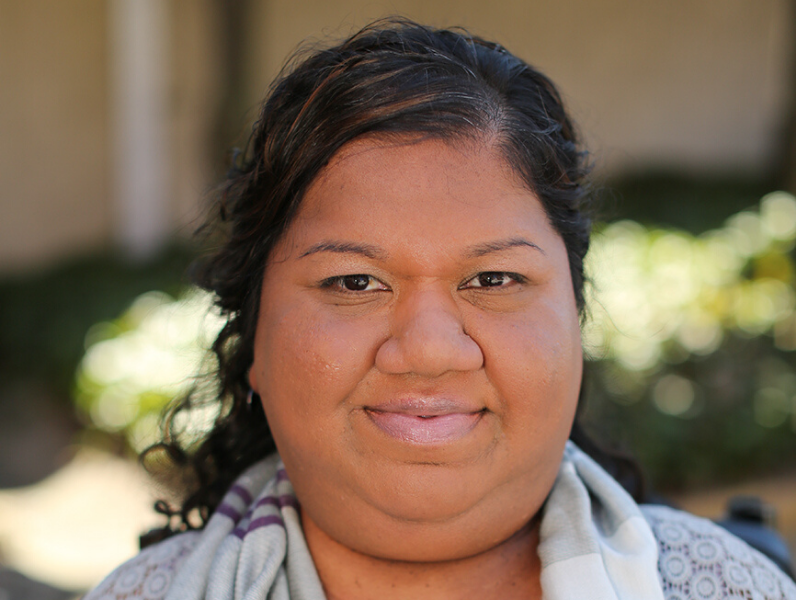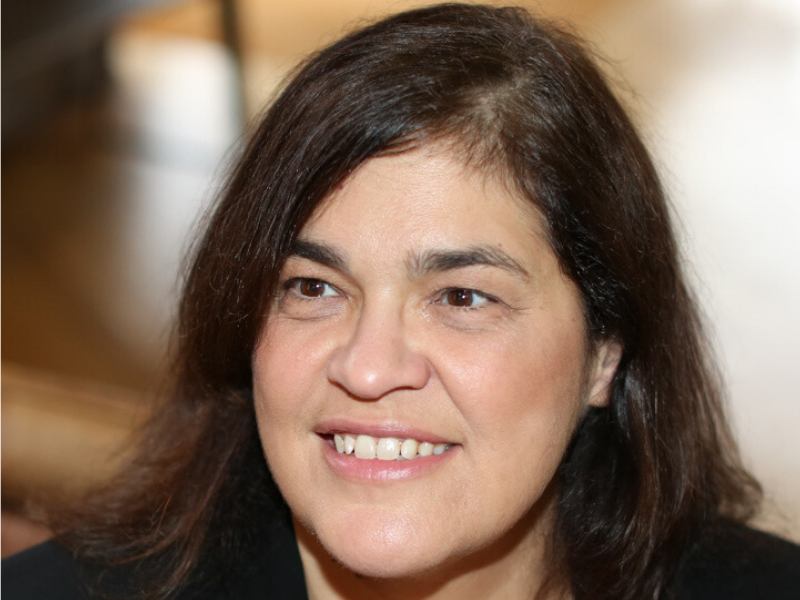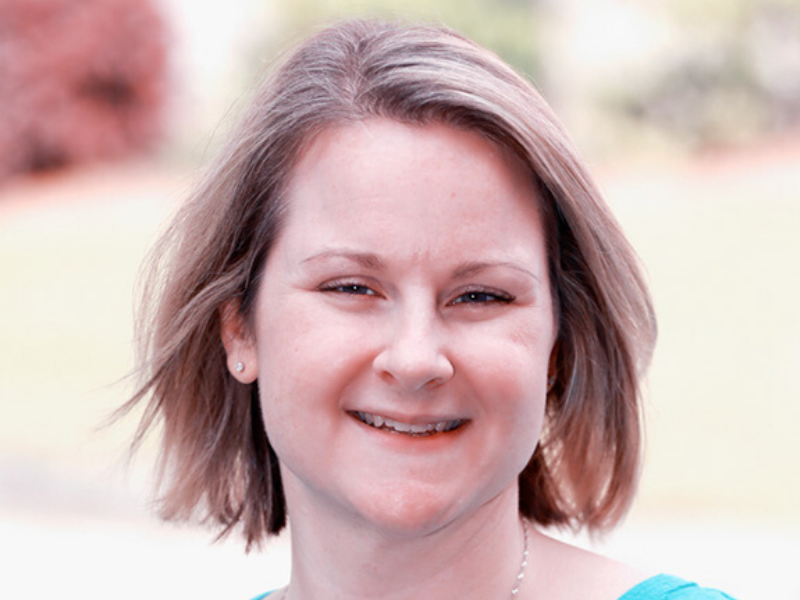It’s Hot Out There: Georgia Tech Research Focuses on City Solutions for Those Most Vulnerable to Heat, Blackouts
Last year, Brian Stone’s five-year heat wave study showed that temperatures in major cities were hotter than they used to be, and power outages during heat waves had doubled since 2015. This year, both trends have continued, and the electrical grid is at even greater risk.
“We’re not seeing any reduction in the risk of infrastructure failure during hot weather,” Stone, a professor in the School of City & Regional Planning, said. “We’re also more vulnerable because we’re involved in a hot war, which makes us more vulnerable to cyber terrorism, and one of the prime targets of cyber terrorism is the electrical grid.”
“There’s not really any facet of planning today that isn’t relevant to climate and the environment," he said, which is why the School incorporates resilience into every one of its academic programs.
“It is absolutely unique to Georgia Tech," Stone said. "All of our students are going to be exposed to these issues and the toolkit to respond to climate-related threats.”
Stone puts Georgia Tech as the climate leader in American planning schools. “Many programs around the country are increasingly responsive to climate crisis, but we have strengths in this area because we are in an institute of technology. This is a place where we’re advancing the basic science around climate change.”
“We have a wider array of faculty and resources focused on these questions than maybe any university in the United States,” Stone said. “We know that relative to other schools of planning, we offer more climate-related work within our School, within our college, and on our campus than any other planning program in the country.”
What Heat Does to Vulnerable Populations
According to Stone, there are three basic dimensions of heat vulnerability: exposure, which is how hot it is; sensitivity, how much a person is physically affected by heat; and adaptive capacity, how much a person can mitigate the effects of heat.
“A person with baseline health conditions might be more sensitive to heat,” Stone said, “while someone without access to air conditioning would have less adaptive capacity.”
Financial insecurity can reduce adaptive capacity by causing people with air conditioning not to use it. “If money is tight, you can’t do much about your rent. That’s going to stay the same month to month,” Stone said. “But you might be tempted to not use air conditioning to lower your power bill.”
“If you spend more time outdoors, because you’re reliant on public transportation, that puts you at greater risk.”
“So we need to focus on that and are thinking about the physical design of the city, the physical operation of the city, the physical design of buildings, and these unique vulnerabilities we have for different populations.”
Liz Persaud, Program and Outreach Manager of Tools for Life, uses her own experience as an example of how power outages can affect people who rely on assistive technology. “My bed is adjustable to reduce pain and fatigue,” she said. If it’s not charged, “I have to wake up a caregiver to help me move. If my wheelchair isn’t charged, then it’s 450 pounds dead in the water with me in it.”
“Somebody has to move me around, and I’ve lost my independence.”
Keeping assistive technologies running during a blackout also adds financial stress. “I would need a generator, and a midline one costs around $700,” Persaud said. “I use a breathing machine at night to keep my oxygen from going down. It can run on a battery, but only for so long, and backup batteries are about $200.”
“People with disabilities have to spend a lot of money, but the system is designed for them to live in poverty.”
How to Help the Most Vulnerable
“What we’re focusing on at Georgia Tech is not simply the climate risk, but the climate risk overlaid with infrastructure risk,” Stone said. “When we see infrastructure failure during periods of extreme weather, which is almost all the time now, that really is elevated risk.”
“That’s what we’re working with cities to try to manage.”
Maureen Linden, Director of Research at the Center for Inclusive Design and Innovation (CIDI), points out that even if assistive technology isn’t required, vulnerable populations may have higher energy needs than average. “One of the things that surprised me is that people who are deaf use video chat that they’re signing in front of,” she said. “But because it’s streaming video, it drains power like nobody’s business.”
The focus groups she surveyed said they would charge from their car in a power outage, “but if the infrastructure is down for a long period of time, you can’t fill up your car and this becomes unsustainable.”
Linden’s team also looked at emergency alerts, which “are not necessarily accessible depending on what someone’s disability is.” One of the projects at CIDI looked at this type of emergency communication and measured responses.
“Based on that data collection,” she said, they could go back to the FCC and say, “here’s what the cellphones really need to do if they’re going to be accessible in emergency for people with disabilities.”
Our experts agree that preparation is vital in the face of rising heat risk. Stone keeps a home generator and portable air conditioner. For people facing a heat wave without emergency air conditioning, Martha Rust, Assistive Technology Manager, Tools for Life, recommends “knowing which cooling shelters are near you and accessible, which allow pets and service animals, and having all your stuff ready to go.”
“There are a few cooling shelters in Atlanta, and Red Cross has an Emergency app that you can use to locate shelters.”
Persaud and Rust also recommended being aware of organizations like Friends of Disabled Adults and Children (FODAC) and Centers for Independent Living, to get people with disabilities supplies they need and who may have emergency supplies or communication networks.





